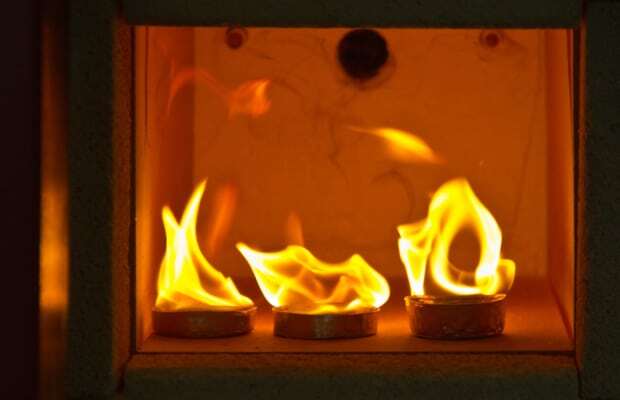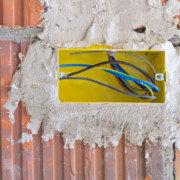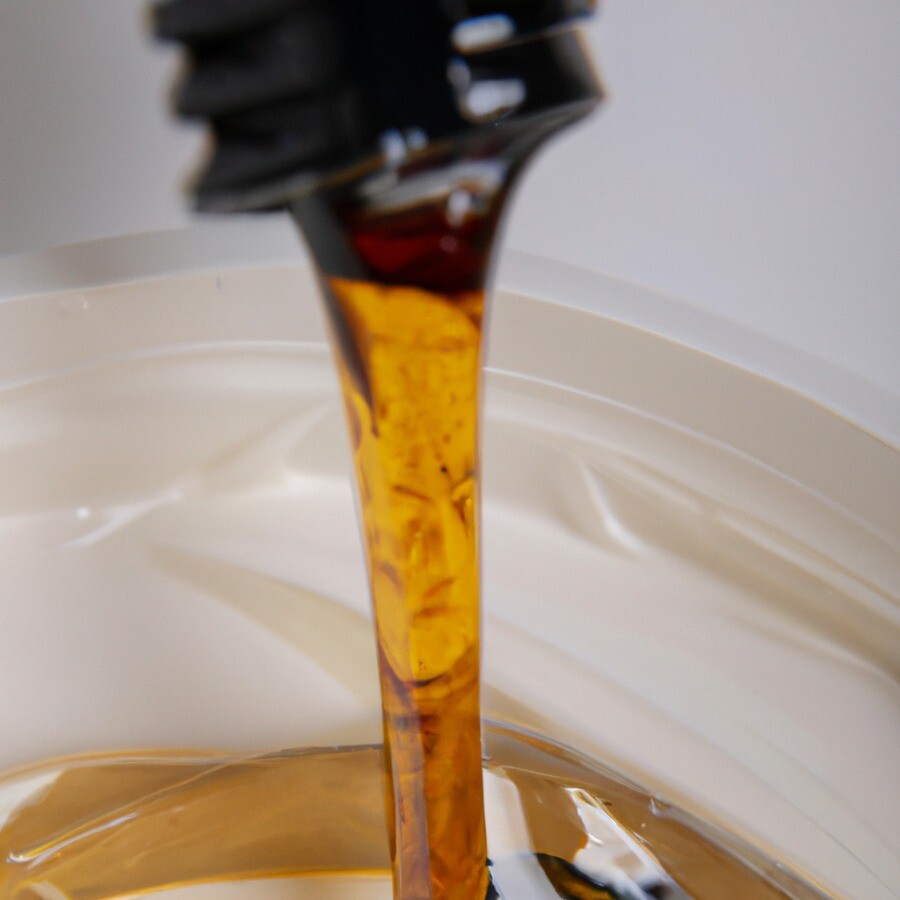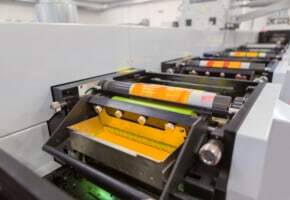Intumescent sealant

Intumescent sealant for passive fire protection
Flames and smoke can spread through the smallest of gaps causing extreme damage to buildings and even human lives. Applying an intumescent sealant to linear joints, around pipes and between cables to close all the gaps and add fire resistance.
An intumescent seal slows down the burning process and does not contribute to spread of flames. Therefore, it can minimize the damage by protecting structures, giving fire fighters more time to arrive and take the fire under control as well as fireproofing escape routes allowing for efficient evacuation.
How does intumescent sealant work?
Intumescent seals are known as means of passive fire protection, but what is an intumescent sealant in practice? Also known as expansion sealant, intumescent sealant expands when it becomes exposed to extreme heat and can swell up to 40 times its original volume. The sealant increases in volume but decreases in density forming a char layer. The expanded sealant does not actually catch fire, but the char burns eventually, still much more slowly than most building materials.
Depending on the product formulation, application and backing material, an intumescent sealant can be resistant to fire for up to 240 minutes. Buildings require different levels of fire resistance depending on their size and whether they have a residential purpose.
The difference between intumescent mastic and sealant
When looking for a fire retardant sealant, one inevitably encounters the term intumescent mastic. But what is an intumescent mastic and should you opt for one instead of a sealant? In principle, a sealant is any substance used to seal a surface or to fill and seal gaps and voids. A mastic, for its part, can be a cementitious adhesive, sealant or filler which is waterproof and remains flexible. Thus, the choice between intumescent mastic and sealant should be made based on the needs of the application.
Both, intumescent mastic and sealant, can result in the same level of fire resistance. Fire resistance is not determined solely by the sealant or mastic, but also the backing and the materials that require an intumescent seal.
Common applications that require an intumescent seal
In a building, many applications can be made fireproof, however, intumescent sealants and mastic are suitable for a limited range of applications. The most common of these include compartment walls, linear gap joints, movement joints and penetration seals. Below are some examples of such applications.

- Fire doors: sealing fire doors with an intumescent product helps keep the evacuation routes open for longer as well as preventing the fire from spreading past the doors.
- Windows: it is also important to apply intumescent sealant to windows in order to ensure the fire does not spread outside. Nor should oxygen be able to seep through the windows feeding the fire.
- Around plastic pipes: sometimes a fire collar is installed around pipes that go through walls. However, fire collars are not needed if a fire protection sealant is applied.
- Cables: as flames and smoke can pass through the smallest of gaps, it is important to seal around cables running through the construction. Some intumescent sealant systems are also suitable for cable trays and between cables.
International standards to consider when fireproofing structures and buildings
Fire safety is one of the main concerns when it comes to constructing buildings and other structures. Therefore, many international and national standards are used to assure fire safety of products, such as intumescent sealant, and eventually entire constructions. The standards are often based on a time/temperature curves and consider integrity and insulation as well as give fire rating to the materials based on their contribution to spreading flames and producing smoke.
International standards for Intumescent sealants
The European standard EN 13501-2 classifies materials from A to F based on their contribution to the flames spread, A indicating that the material does not contribute to the fire. The standard additionally rates smoke production by materials from s1 to s3 and d0-d2. In Europe and North America this is one of the most relevant standards assessing intumescent sealants.
Other relavant, international standards are presented in the table below.
| Fire rating standard | Scope | Notes |
| EN 1366-3 and 4 | Test standard for penetration seals | Most relevant standards for fire resistance testing of intumescent sealant systems. |
| EN 13501-2 | Classification standard for linear joint seals and service penetration seals | Leading to EI classes. Relevant for EN 1366 and EAD |
| BS 476-20 | Test standard for linear joint seals and service penetration seals | British standard; replaced by EN 1366/EN 13501 but still in use in some regions |
| EAD 350454- 00-1104 | Fire stopping and fire sealing products – penetration seals | Superseded ETAG 026. Leading to CE marking and DoP. Fire resistance tested according to EN 1366 |
| EAD 350141- 00-1106 | Fire stopping and fire sealing products – linear joints and gap seals | |
| UL | Certification scheme for product safety based in the US | Different test methods and requirements for different regions |
| AS 1530.4 | Test and classification for linear joint seals and service penetrations | Australian standard, technically the same as EN 1366 |
| Certifire | Certification scheme for fire protection products | Relevant for intumescent sealants in the Middle East |
What solution are you looking for?
We are specialized in the about adhesives. Need the best products or advice? Then please leave your details and we will get in touch.





